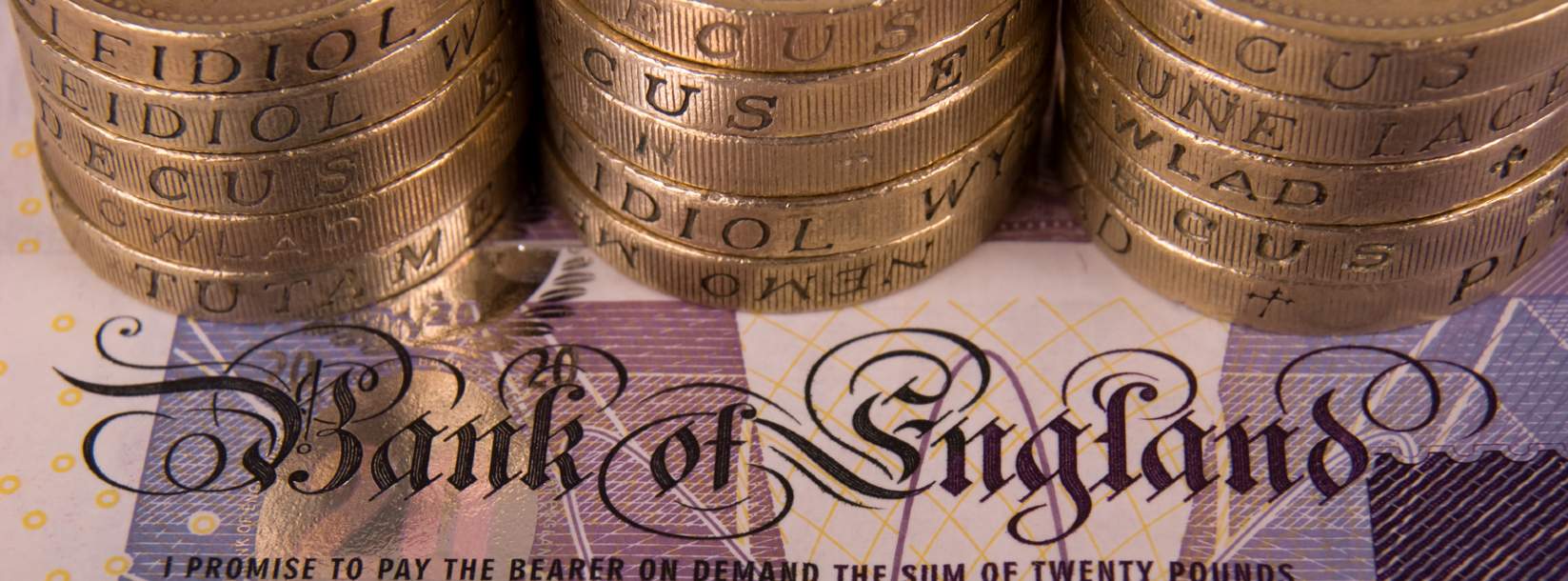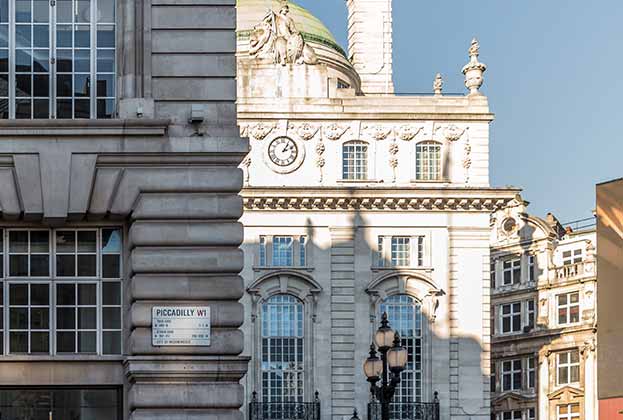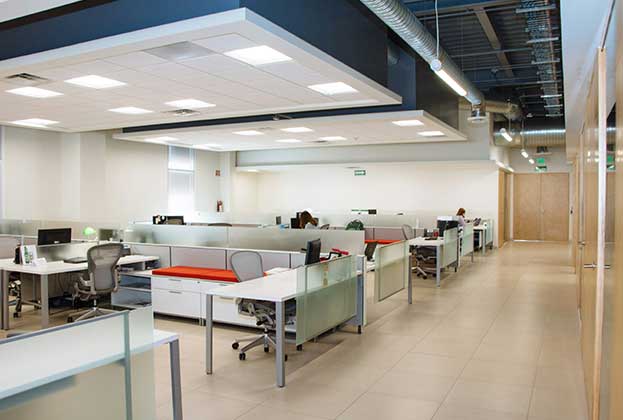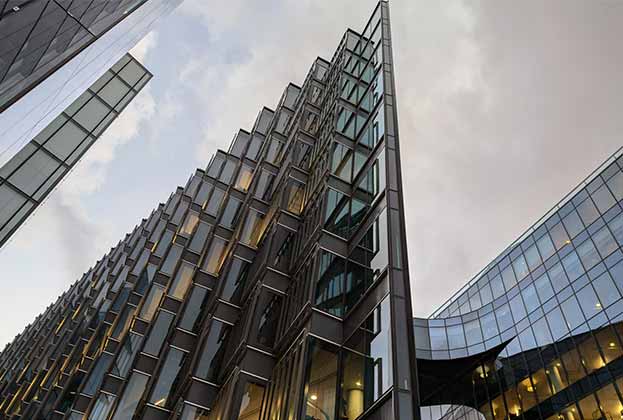September saw the announcement that UK consumer price inflation had risen by 0.9% on the previous month to 3.0%, and also a more hawkish than expected set of minutes from the Bank of England’s Monetary Policy Committee (MPC). These have continued the almost daily debate with clients about what the path for interest rates might be, and what this might mean for property yields.
In the spirit of full disclosure I should state that I have been more wrong on when interest rates will start to normalise than in any of my predictions of the last 15 years. However, hear me out on why I don’t think there is an immediate read-through from rising inflation to rising property yields.
The first question is how long this period of above-target inflation will continue. The top-level message in the MPC minutes was the expectation that it wouldn’t last long, although the recent rise in gas prices was likely to delay the return to normality until later in 2022 than originally expected. The main difference of opinion in both the market and the MPC is around whether supply constraints and cost pressures will be over sooner or later.
My view is Brexit-related effects could mean that the UK’s supply-side issues are longer lasting that those elsewhere in the world, particularly given the fact that the entirety of the new border control systems are now not being implemented until Q2 2022. More hawkish commentators are embracing the view that labour market shortages will put upward pressure on wages. However, a deeper dive into job vacancies suggests that while there are acute shortages in some industries, they are by no means ubiquitous. The strength in pay data at the moment is also very misleading and over-estimates the true pace of wage growth – in particular there are compositional effects as lower paid workers are more likely to have lost their jobs during the crisis, pushing up average pay.
So, with inflation easing towards the back end of 2022 (after rising to almost 4% this year) what is the path for interest rates? The biggest surprise in the latest minutes was the door becoming ajar to a Q1 2022 rise, as supposed to the widely expected second half rise. While a lot will depend on the impact of the ending of the furlough scheme, I am not convinced that two rises in 2022 are likely, and remain of the view that “normalisation” will begin in H2 2022.
What does all this mean for commercial property? The most important thing to remember is that commercial property prices have a relatively loose link with inflation, and a much stronger one with economic growth. Rental growth will benefit from the continued strong economic recovery in many sectors in 2022, albeit tempered by structural change in retail and possibly offices. Developers in particular have historically done well in periods of higher inflation, due to the fact that most of their capital is invested in land.
Bond yields are likely to continue to rise, though the current gap between property and bond yields in most markets is generous enough to absorb higher long rates in the short term. This, as well as convexity effects, will certainly make it harder to envisage further yield hardening in prime offices and logistics. However, at the moment the rationale for a wholesale upward movement in prime property yields is hard to justify unless base rates remain markedly higher throughout the mid- 2020s.
Further information
Market in Minutes: UK Commercial

.jpg)





.jpg)


